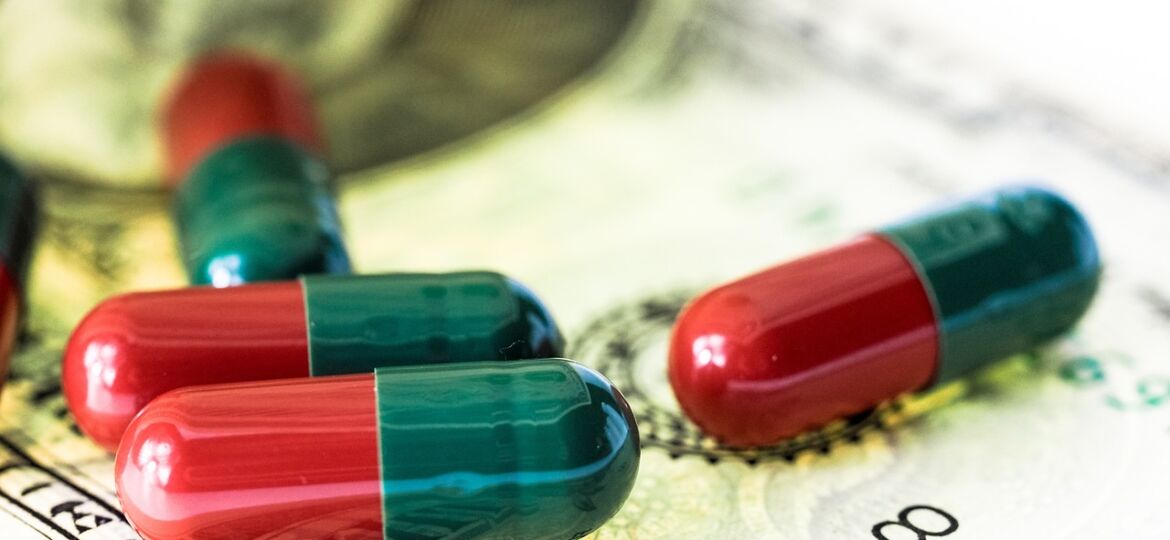
Uninsured adults and those in worse health continue to report higher rates of not getting care due to costs

Uninsured adults and those in worse health continue to report higher rates of not getting care due to costs
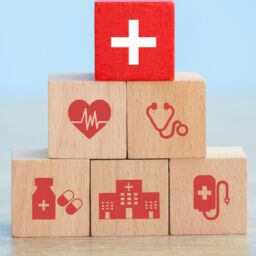
NOVA ScriptsCentral is excited to collaborate with the American Pharmacist Association to launch the “NOVA ScriptsCentral & American Pharmacist Association Safety-Net Health Equity Fellowship”.
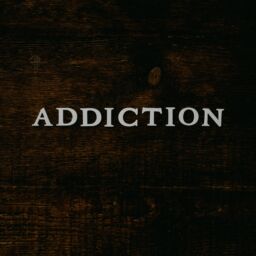
Three Healthcare Organizations Join Forces to Save Lives

The pharmacy industry sees at least five changes

Significant improvement in glycemic control among participants demonstrates the substantial impact that pharmacies partnered with charitable medication distributors such as the Dispensary of Hope can have on individuals with insulin-treated T2D

Charitable Pharmacies of America organization member receives Health Equity grant
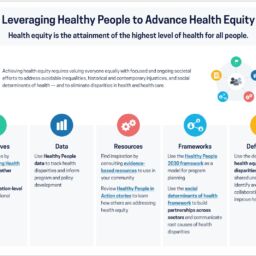
Healthy People 2030 Leveraging Healthy People to Advance Health Equity Health equity is the attainment of the highest level of health for all people. “Eliminate health disparities, achieve health equity, and attain health literacy to improve the health and well-being of all.”

Once the continuous enrollment ends, it is estimated between 5 -14 million individuals will be affected
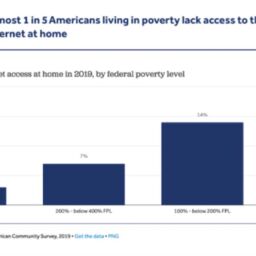
The term digital divide is defined as the differences
of economic and social inequality in both access and usage of ICTs. 2, 3 Some population groups that are
affected by the digital divide include uninsured, at or below 300% of the Federal Poverty Level (FPL), lack
of internet access, etc
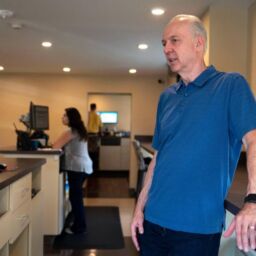
‘Unbelievably good price’: KC-area pharmacy dispenses bargain medicine — and hope Go to article
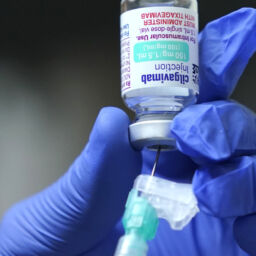
How a ‘weighted lottery’ helped underserved patients get a scarce Covid drug

Recent federal legislative and regulatory updates in managed care pharmacy have prioritized topics ranging from expedited access to novel therapeutics to the health disparities and equity concerns affecting patient populations nationwide, but progress on these developments will depend on the impact of the midterm elections

Medication non-adherence has led to at least 100,000 preventable deaths each year and $100 billion annually in preventable healthcare costs in the United States

St. Vincent de Paul Charitable Pharmacy offers article regarding impact of a charitable pharmacy on their community and patients
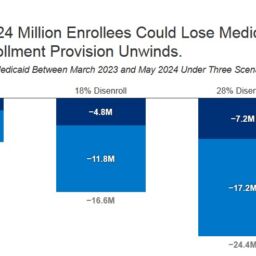
How Many People Might Lose Medicaid When States Unwind Continuous Enrollment?

APPLICATIONS ARE OPEN! – Letters of Intent due 9/15/23

